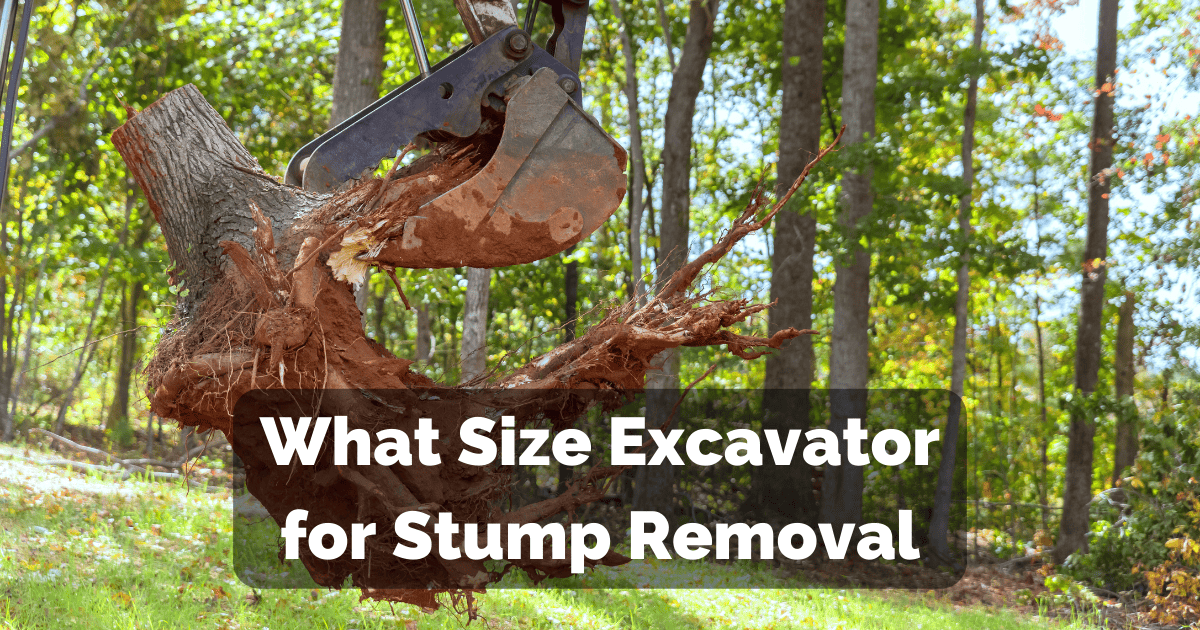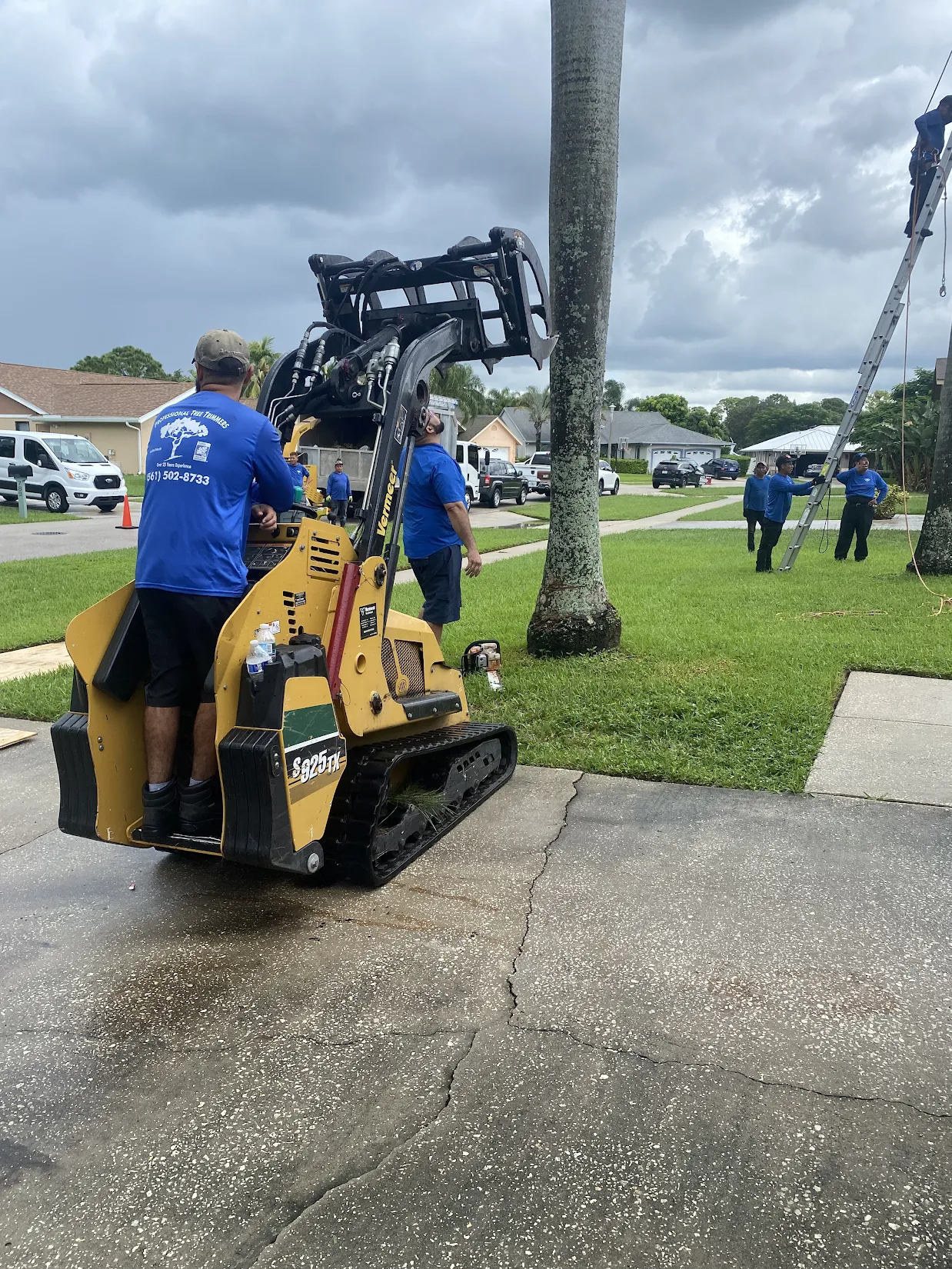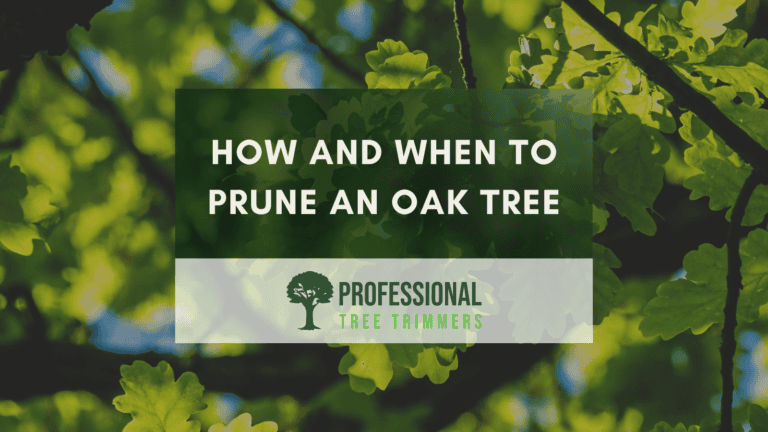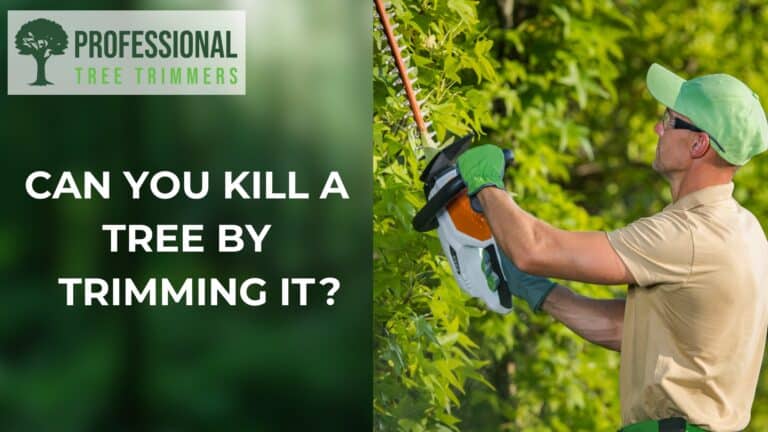Choosing the right excavator size for stump removal in landscaping/land prep ensures optimal efficiency, enhanced safety, and cost savings. The size should align with the project’s purpose and complexity. An excavator with the right size and features enhances overall effectiveness, allowing for precise digging, efficient handling of heavy loads, and maneuverability in tight spaces.
What Size Excavator Is Best for Removing Stumps?
A medium-sized excavator in the range of 6 – 10 tons, like a Midi Excavator, is recommended for moderately sized tree stumps with substantial roots that require more power for extraction.
When dealing with stumps ranging from 13 to 26 inches in diameter, a machine under 5 tons may be challenging to break larger stumps free. A medium or larger excavator, such as a 35-ton class machine, is recommended for large stump removal. The choice between tracked and wheeled machines also depends on the job scale.
However, for small spaces and for small stumps mini excavators of weight 1-6 tons are sufficient.
The below table showcases the size of the excavator and its best application when it comes to stump removal.
| Excavator Type | Weight Range | Best for |
| Mini Excavator | 1 to 6 tons | Best for small stumps and tight spaces. |
| Compact Excavator | 6 to 10 tons | Best for medium-sized stumps and tight spaces. |
| Medium Excavator | 10 to 45 tons | Best for medium to large-sized stumps, commercial projects, and areas with sufficient space. |
| Large Excavator | 45+ tons | Best for Extra-large stumps and heavy-duty commercial projects. |
The optimal excavator size for stump removal depends on various factors such as stump size, root depth, ground conditions, and available space. Moreover, factors like the type of stump grinder, cutting dimensions, and the area surrounding the stump are crucial in making the right equipment selection.
What Are the Different Types of Excavators?
Excavators come in various types, each designed for specific applications. Some common types include standard (crawler) excavators, wheeled excavators, long-reach excavators, dragline excavators, and suction excavators.
- Compact Excavators (Mini/Midi): Ideal for small spaces and landscaping projects. Mini excavators weigh less than five metric tons, while midi excavators weigh between five and ten metric tons.
- General-Purpose Excavators (Medium): The most common size, weighing between five and twenty-five metric tons. Suitable for various tasks and supports a variety of attachment tools.
- Standard Excavators (Crawler Excavators): These are versatile machines used in heavy-duty construction, mining, farming, landscaping, and more. Equipped with a boom, stick, and bucket arm, they can rotate 360 degrees, making them suitable for various tasks.
- Wheeled Excavators: Similar in appearance to standard excavators but with wheels instead of tracks. Wheeled excavators offer maneuverability on surfaces like asphalt and concrete. They are commonly used for roadwork and urban projects.
- Long-Reach Excavators: These have an extended arm and boom, making them ideal for hard-to-reach areas, with a working range of up to 100 feet. Commonly used in challenging excavation or demolition jobs.
- Dragline Excavators: Heavy-duty equipment suitable for large applications such as harbor construction, canal dredging, and strip mining. They use a bucket system with chains and wire rope for excavation.
- Suction Excavators: Also known as vacuum excavators, they use water pressure to loosen soil and a suction pipe for removal. Ideal for delicate soil extraction without damaging surrounding ground or underground components.
Each excavator type and size serve distinct purposes, offering flexibility and efficiency in different applications, from large-scale construction to precision tasks in confined spaces.
Can You Remove Stumps with A Mini Excavator?
A mini excavator can effectively remove tree stumps using a Ripper Tooth attachment. The pointed design aids in penetrating hard materials around the stump, maximizing penetration force, and acting as a lever to dislodge roots.
Also, the process involves digging a trench around the stump, using the attachment to dislodge and extract it, with caution to avoid utility lines. Mini excavators are suitable for smaller stumps, utilizing their maneuverability in tight spaces.
Is a Dozer or Excavator Better for Stump Removal?
Excavators are generally more effective for stump removal, especially with smaller or medium-sized stumps, using attachments like a Ripper Tooth for efficient extraction. In scenarios where maneuverability in hilly terrain is essential, a mid-sized excavator may outperform a dozer, providing quicker results in stump removal.
Factors such as stump size, terrain conditions, and the need for efficient removal influence the choice between an excavator and a dozer.
An excavator’s versatility suits scenarios where precision and compact operation are vital. While dozers offer more pushing power and are suitable for specific tasks like rebuilding terrain, excavators excel in tasks requiring flexibility, quick maneuvering, and precise material handling. It’s crucial to consider the specific requirements of the land-clearing project to determine whether an excavator or a dozer is the better choice, taking into account factors like stump size, terrain characteristics, and the desired level of efficiency.
How to Remove a Large Tree Stump with An Excavator?
To remove a large tree stump with an excavator, follow these steps:
Rip up the roots using the ripper tyne on the excavator, especially recommended for larger trees. If space allows, use the excavator to push the stump in the direction of the roots to encourage separation from the soil.
Before starting the removal, consider the soil type, as it influences the difficulty. Once the roots are exposed, use the excavator’s digging buckets to scoop and remove the stump. After removal, roll the stump away from the zone and avoid filling the hole with loose soil to prevent uneven terrain.
For safety during stump removal, wear appropriate protective equipment like eyewear, work boots, gloves, helmets, and ear protection, secure the work area, understand the stump grinder if used, inspect the machine regularly, and avoid working alone.
Is It Better to Use a Stump Grinder or An Excavator?
Stump grinding is generally more cost-effective, faster, and less messy compared to excavating. Grinders are compact, leave a small swath of dirt, and create wood chunks for easier disposal. Excavators are more expensive, leave a gaping hole, and require additional efforts for stump and root ball disposal.
You can use a stump grinder when the stump is relatively smaller (less than 15 inches) and the goal is to grind the stump into small wood chips that decompose quickly in the ground. A stump grinder is considered the cleanest way to remove a tree stump, especially in gardens, as it minimizes damage to walls, foundations, or pathways. The grinder is suitable for most jobs and removes the whole root ball, making it ideal for replanting or other landscaping purposes.
On the other hand, an excavator is recommended when the ground around the stump is too rocky, causing excessive wear on the grinding blade and making it too expensive to operate the stump grinder. Excavating is necessary when you need to completely remove the stump from the ground, such as for utility placement or building structures in the stump’s location. Excavation becomes the better option when stump grinding is not feasible due to specific ground conditions.
Tips on Choosing an Excavator for Stump Removal
Choosing the right excavator for efficient stump removal is crucial to ensuring a smooth and effective process. Here are some tips to help you make the best decision:
1. Assess Stump Size and Hardness:
- Evaluate the size and hardness of the stumps you’ll be dealing with.
- Smaller stumps may require a mini excavator, while larger, more tenacious stumps might demand a medium or large excavator.
- Consider the weight range and bucket capacity that suits the size of the stumps.
2. Terrain and Project Needs:
- Picture the terrain through all phases of the project to understand the equipment requirements.
- Choose a digger with the capacity that matches the needs of the project.
- Consider the agility of smaller excavators for projects in tight spaces, such as stump removal.
3. Project Timeline:
- Know the project timeline to hire equipment at the right time, potentially saving costs on unnecessary specialist equipment.
- Factor in potential delays and plan accordingly.
4. Insurance:
- Ensure that the hire company has extensive insurance in place, including public liability cover.
- Comprehensive insurance is crucial on a busy construction site where operators are at a higher risk of accidents.
5. Types of Excavators:
- Mini or Mini Diggers: Mobile and lightweight, ideal for tight spaces.
- Standard Excavators: Versatile machines suitable for most spaces and tasks.
- Large Excavators: Powerful machines designed for large construction sites.
6. Digger & Driver Hire:
- Consider hiring a digger with a driver for enhanced safety and efficiency.
- A professionally trained driver can navigate the equipment with skill and expertise, minimizing risks and saving time.
7. Excavator Size for Stump Removal:
- Small excavators are suitable for small to medium-sized stumps and tight spaces.
- Medium-sized excavators are Ideal for medium-sized to large stumps and various construction tasks.
8. Factors to Consider Before Using an Excavator:
- Consider the weight of the tree stump and root ball.
- Calculate the weight of the root ball based on the tree’s average diameter.
- Match the excavator size to the weight and size of the stumps for optimal efficiency.
By carefully considering these factors, you can choose the right excavator size for stump removal, ensuring a successful and hassle-free project. Happy stump removal!
Renting or Hiring an Excavator Which Is Best for You?
Excavator hire is often more cost-effective, especially for occasional use. Renting allows flexibility and avoids upfront investments, providing financial benefits.
When deciding between renting or buying an excavator, consider the frequency of use. If the equipment is required sporadically, renting becomes a practical choice, eliminating concerns about maintenance costs and ensuring access to well-maintained, up-to-date machinery. Excavator rentals are suitable for temporary or seasonal jobs, optimizing costs and avoiding storage issues associated with ownership.
Furthermore, hiring an excavator with an operator enhances safety, as professionals adhere to safety protocols, reducing accidents and increasing productivity. Excavator rentals, with flexible durations, offer an economical solution, especially for short-term projects, avoiding unnecessary expenses associated with ownership.
DIY Tips on Using an Excavator
Embarking on DIY home improvement projects using an excavator requires careful consideration and adherence to safety guidelines. Here are valuable tips to ensure a successful and safe operation:
- Appropriate Training: Obtain proper training to operate the excavator safely. A solid foundation of knowledge is essential for successful operations.
- Trial Run: Before starting the project, conduct a trial run to get accustomed to driving the excavator. Practice digging and familiarize yourself with the machine’s controls.
- Danger Zone Management: Mark and section off a danger zone around the working area to prevent unauthorized access during the operation.
- Mind the Depth: Avoid digging beneath or too close to the excavator’s edge to prevent tipping accidents.
- Weight Handling Awareness: Understand and adhere to the weight capacity of the excavator to prevent tipping and potential injuries.
- Utilize Dozer Blade: If available, use the dozer blade to stabilize the excavator on uneven ground.
- Keep Attachments Low During Travel: Maintain low attachment positions while traveling to ensure stability and prevent accidents.
- Solo Operation: Only the driver should be on the excavator; avoid carrying extra passengers.
- Cautious Arm Movement: When swinging the arm, do so slowly and attentively, watching for pedestrians and other machinery.
- Engine Shutdown: Turn off the engine when the excavator is not in use. Always wear a safety belt and appropriate personal protective equipment.
While DIY excavating has its advantages, it’s crucial to prioritize safety, conduct thorough research, and be aware of potential challenges that may arise during the project.
Other Different Methods of Stump Removal
Tree stump removal is a crucial step after cutting down a tree, as leaving a stump in your yard can lead to various issues. While manual removal and stump grinding are commonly known methods, there are other techniques worth considering. Here are additional methods for removing tree stumps:
- Chemical Rotting:
- Using chemicals to rot the stump is a less labor-intensive method.
- The process may take up to a year, but it is an inexpensive option.
- Materials required include a chainsaw, drill, and affordable chemicals.
- Burning:
- Burning is an old-school method but requires checking local regulations.
- Consult local authorities or the fire department before proceeding.
- Repeat the burning process if the stump is hard, ensuring safety precautions.
- Excavation and Filling:
- This method involves digging around the stump and cutting itsroots.
- Once the roots are severed, the stump can be easily pulled out.
- Fill the hole after removal, and this method is suitable for small to medium-sized stumps.
- Chemical Stump Removal Products:
- There are commercial stump removal products available in the market.
- These products accelerate the natural decomposition process of the stump.
- Follow product instructions for optimal results.
- Professional Arborists:
- Hiring professional arborists is a suitable option for those who prefer not to engage in DIY methods.
- Arborists can efficiently and safely remove stumps, particularly for multiple stumps.
- Obtain estimates from arborists for a cost-effective and hassle-free solution.
Choosing the right method depends on factors such as stump size, personal preferences, and the level of effort one is willing to invest. Each method has its own set of advantages and considerations, so it’s essential to assess the specific requirements of the stump removal project before deciding on the most suitable approach.
Conclusion
Choosing the correct excavator size for stump removal is essential for efficient landscaping and land preparation. Opting for the right size offers benefits such as optimal efficiency, enhanced safety, and cost savings. A medium-sized excavator (6-10 tons) is recommended for removing medium-sized tree stumps with substantial roots. Incorrect sizing can lead to inefficiencies and increased operational costs.
Proper sizing minimizes safety risks, ensuring a secure environment for operators and surroundings. Excavators come in various types, with compact excavators excelling in small spaces and standard excavators in heavy-duty tasks.
In Palm Beach County, residents have turned to Professional Tree Trimmers for over 35 years. Our team of certified arborists, driven by a commitment to safety and quality, brings a wealth of experience to stump removal projects. For those seeking unparalleled expertise, our services provide a reliable solution.




